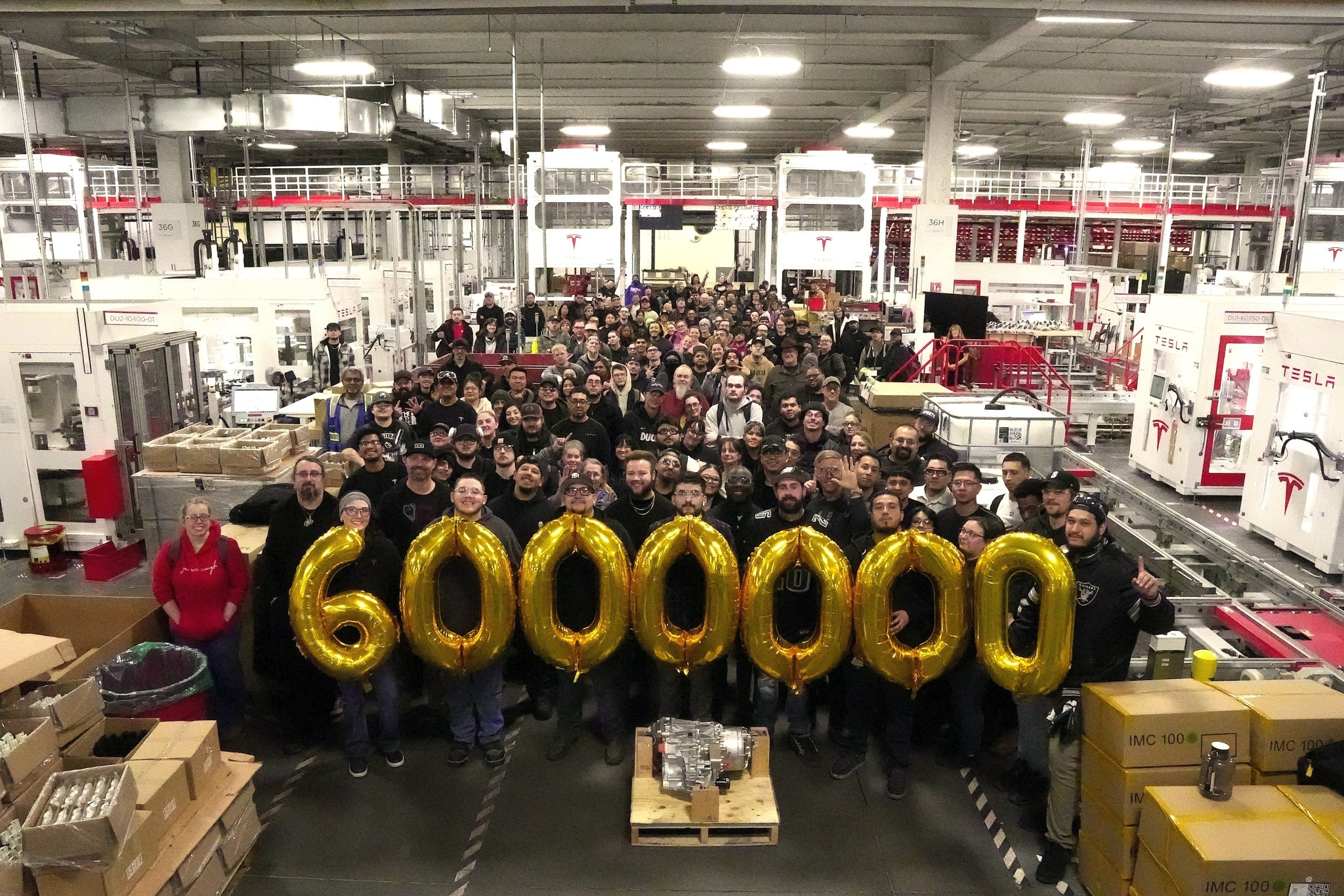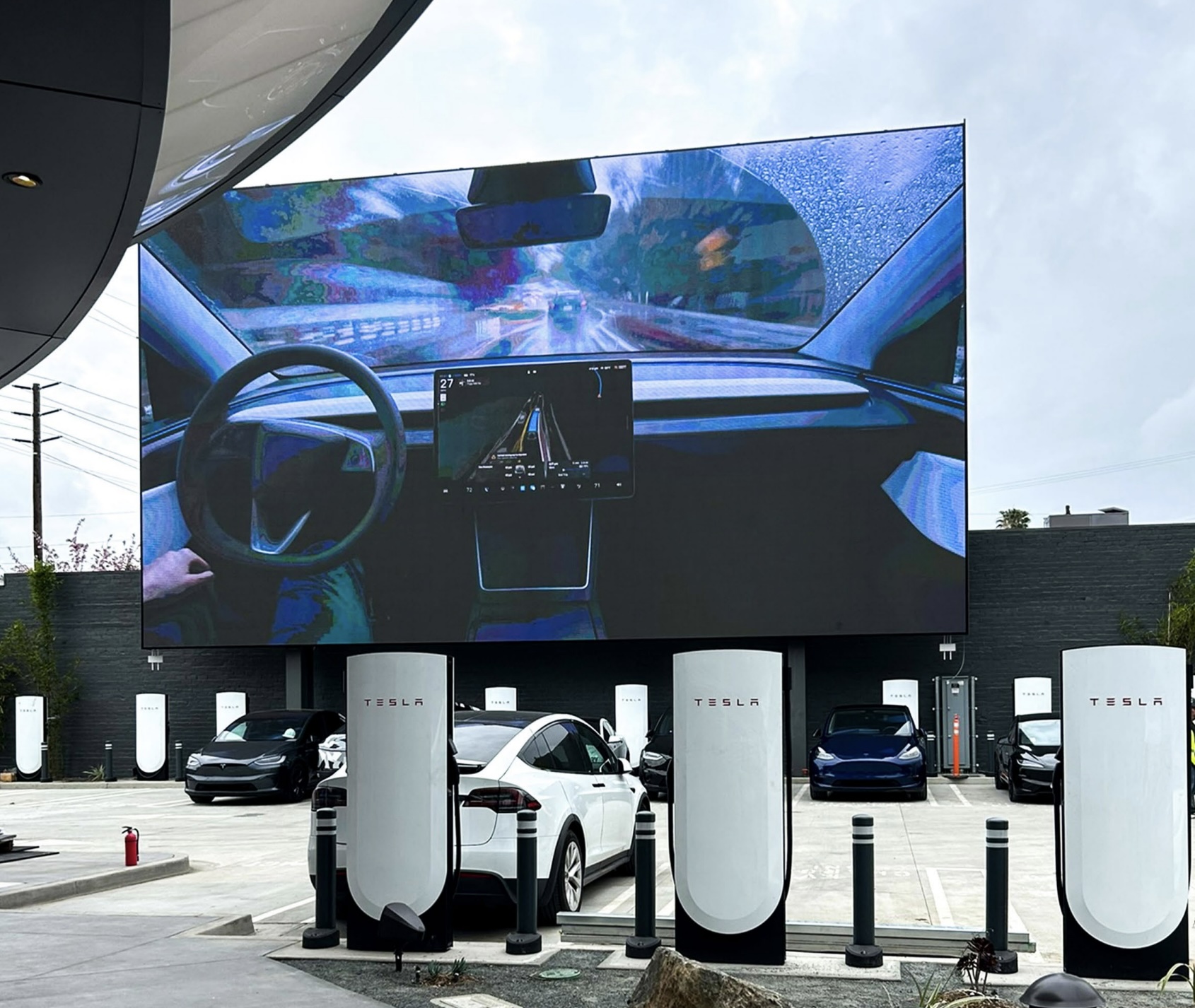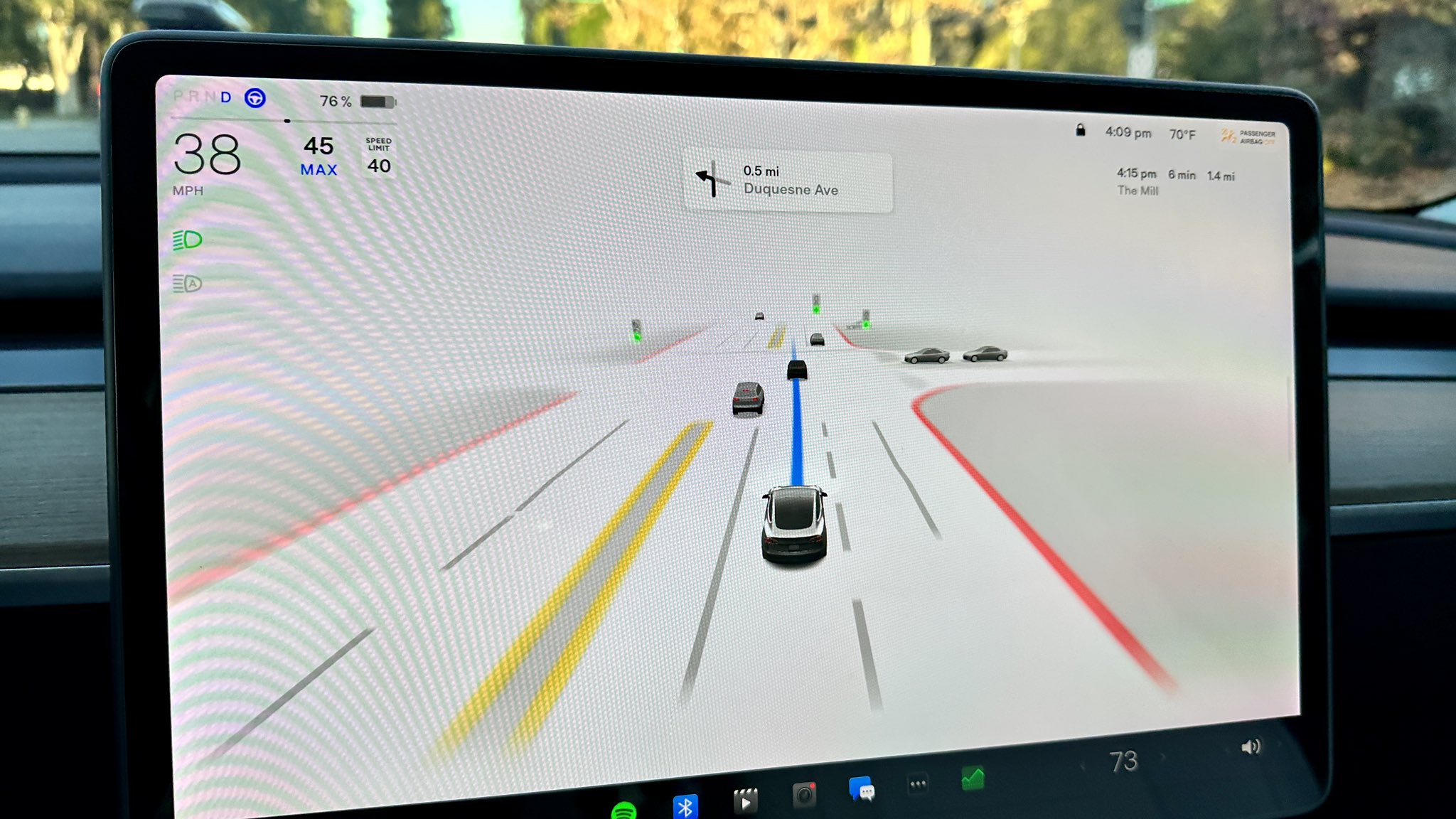Tesla has issued yet another giant update for its Full Self Driving (FSD) software, dramatically improving vehicle behavior in numerous situations.
Despite the controversy that seems to consistently surround Tesla’s autonomous driving suite, it just keeps improving, with new features and capabilities added at an astounding rate. Now, Tesla has issued yet another dramatic update to Full Self Driving, bringing significant improvements in vehicle intelligence and the dream of fully autonomous vehicles one step closer to reality.
@Winnersechelon first reported the newest FSD update on Twitter, posting a screenshot of the release notes for the update.
Release notes for latest FSD Beta release pic.twitter.com/0lDmZbmEUb
— TeslaBull FSD BETA (@Winnersechelon) April 17, 2023
Perhaps more than previous updates, 11.4 focuses on vastly improving vehicle behavior, with new features taking a back seat. According to Tesla’s release notes, those improvements are seen throughout numerous environments.
Foremost, Tesla FSD is better than ever at recognizing and reacting to pedestrians that are either about to cross the street or are already doing so. This stems from an improvement in kinematic calculations, which allows the vehicle to predict where people, vehicles, and objects are going. Regarding pedestrians, the vehicle will act more smoothly, either progressing through the intersection or stopping.
This improvement also extends to other “vulnerable road users,” such as bikers and cyclists, which Tesla FSD will now react more quickly to and slow down for if necessary.
Another improvement that urbanites can enjoy is in “turn performance.” When in dense city areas or unexpected turns, the vehicle will now follow the turn more correctly, dodging parked vehicles and avoiding bus lanes. This improvement is paired with an update to bus lane recognition overall, helping to prevent the vehicle from being where it isn’t supposed to be.
Other updates focus on improving performance in more rural areas. One such improvement is improved lane, line, and edge of road detection, which can be helpful in areas with less consistent road painting and paving. This update feeds into two others, improved lane guidance, ensuring the vehicle is in the correct lane to reach its destination, and improved prediction of the movement of “partial cut-ins,” or cars that haven’t wholly dedicated to a lane. Tesla’s massive library of clips and auto-labeling system makes both upgrades possible.
In the case of improved lane guidance, Tesla states that this update will reduce driver interventions by 64%, ensuring the vehicle isn’t in the wrong lane and reaches the destination more consistently.
Another update affecting how Tesla vehicles behave in lanes is lane change speed control. Tesla FSD will now consider “upcoming navigation deadlines” and will use more or less speed if necessary to switch lanes. Moreover, the vehicle will more accurately calculate the number of lanes it needs to change, thanks to Tesla’s ever-improving vehicle network.
Vehicle speed also improves in countless other situations as well. Thanks to Tesla’s all-new “Vision Speed” network, its network of vehicles can now infer the typical driving speed of any given roadway, improving how the vehicle reacts to areas that typically require lower speeds, such as neighborhoods or parking lots.
The final speed update regards how the vehicle reacts to the weather. The max autopilot speed will now take into account current weather conditions and limit driving speed if visibility or traction is too poor. According to Tesla’s release notes, this calculation is quite advanced, as it will take into account not only its condition, such as tire tread, and its data on visibility and road wetness, but it will also account for outside factors, such as tire spray from other vehicles and traffic intensity.
The final two updates are far more general and will improve the vehicle’s autonomous operation overall. First, Tesla has improved “long-range path blockage,” meaning that its vehicles will more quickly merge into other lanes to avoid obstacles in the road. Second, Tesla has reduced “photon-to-control” latency by 2%, meaning the vehicle will react 2% faster to anything it “sees.”
What do you think of the article? Do you have any comments, questions, or concerns? Shoot me an email at william@teslarati.com. You can also reach me on Twitter @WilliamWritin. If you have news tips, email us at tips@teslarati.com!

Elon Musk
Starlink achieves major milestones in 2025 progress report
Starlink wrapped up 2025 with impressive growth, adding more than 4.6 million new active customers and expanding service to 35 additional countries, territories, and markets.

Starlink wrapped up 2025 with impressive growth, adding more than 4.6 million new active customers and expanding service to 35 additional countries, territories, and markets. The company also completed deployment of its first-generation Direct to Cell constellation, launching over 650 satellites in just 18 months to enable cellular connectivity.
SpaceX highlighted Starlink’s impressive 2025 progress in an extensive report.
Key achievements from Starlink’s 2025 Progress
Starlink connected over 4.6 million new customers with high-speed internet while bringing service to 35 more regions worldwide in 2025. Starlink is now connecting 9.2 million people worldwide. The service achieved this just weeks after hitting its 8 million customer milestone.
Starlink is now available in 155 markets, including areas that are unreachable by traditional ISPs. As per SpaceX, Starlink has also provided over 21 million airline passengers and 20 million cruise passengers with reliable high-speed internet connectivity during their travels.
Starlink Direct to Cell
Starlink’s Direct to Cell constellation, more than 650 satellites strong, has already connected over 12 million people at least once, marking a breakthrough in global mobile coverage.
Starlink Direct to Cell is currently rolled out to 22 countries and 6 continents, with over 6 million monthly customers. Starlink Direct to Cell also has 27 MNO partners to date.
“This year, SpaceX completed deployment of the first generation of the Starlink Direct to Cell constellation, with more than 650 satellites launched to low-Earth orbit in just 18 months. Starlink Direct to Cell has connected more than 12 million people, and counting, at least once, providing life-saving connectivity when people need it most,” SpaceX wrote.
News
Giga Nevada celebrates production of 6 millionth drive unit
To celebrate the milestone, the Giga Nevada team gathered for a celebratory group photo.

Tesla’s Giga Nevada has reached an impressive milestone, producing its 6 millionth drive unit as 2925 came to a close.
To celebrate the milestone, the Giga Nevada team gathered for a celebratory group photo.
6 million drive units
The achievement was shared by the official Tesla Manufacturing account on social media platform X. “Congratulations to the Giga Nevada team for producing their 6 millionth Drive Unit!” Tesla wrote.
The photo showed numerous factory workers assembled on the production floor, proudly holding golden balloons that spelled out “6000000″ in front of drive unit assembly stations. Elon Musk gave credit to the Giga Nevada team, writing, “Congrats on 6M drive units!” in a post on X.
Giga Nevada’s essential role
Giga Nevada produces drive units, battery packs, and energy products. The facility has been a cornerstone of Tesla’s scaling since opening, and it was the crucial facility that ultimately enabled Tesla to ramp the Model 3 and Model Y. Even today, it serves as Tesla’s core hub for battery and drivetrain components for vehicles that are produced in the United States.
Giga Nevada is expected to support Tesla’s ambitious 2026 targets, including the launch of vehicles like the Tesla Semi and the Cybercab. Tesla will have a very busy 2026, and based on Giga Nevada’s activities so far, it appears that the facility will be equally busy as well.
News
Tesla Supercharger network delivers record 6.7 TWh in 2025
The network now exceeds 75,000 stalls globally, and it supports even non-Tesla vehicles across several key markets.

Tesla’s Supercharger Network had its biggest year ever in 2025, delivering a record 6.7 TWh of electricity to vehicles worldwide.
To celebrate its busy year, the official @TeslaCharging account shared an infographic showing the Supercharger Network’s growth from near-zero in 2012 to this year’s impressive milestone.
Record 6.7 TWh delivered in 2025
The bar chart shows steady Supercharger energy delivery increases since 2012. Based on the graphic, the Supercharger Network started small in the mid-2010s and accelerated sharply after 2019, when the Model 3 was going mainstream.
Each year from 2020 onward showed significantly more energy delivery, with 2025’s four quarters combining for the highest total yet at 6.7 TWh.
This energy powered millions of charging sessions across Tesla’s growing fleet of vehicles worldwide. The network now exceeds 75,000 stalls globally, and it supports even non-Tesla vehicles across several key markets. This makes the Supercharger Network loved not just by Tesla owners but EV drivers as a whole.
Resilience after Supercharger team changes
2025’s record energy delivery comes despite earlier 2024 layoffs on the Supercharger team, which sparked concerns about the system’s expansion pace. Max de Zegher, Tesla Director of Charging North America, also highlighted that “Outside China, Superchargers delivered more energy than all other fast chargers combined.”
Longtime Tesla owner and FSD tester Whole Mars Catalog noted the achievement as proof of continued momentum post-layoffs. At the time of the Supercharger team’s layoffs in 2024, numerous critics were claiming that Elon Musk was halting the network’s expansion altogether, and that the team only remained because the adults in the room convinced the juvenile CEO to relent.
Such a scenario, at least based on the graphic posted by the Tesla Charging team on X, seems highly implausible.









